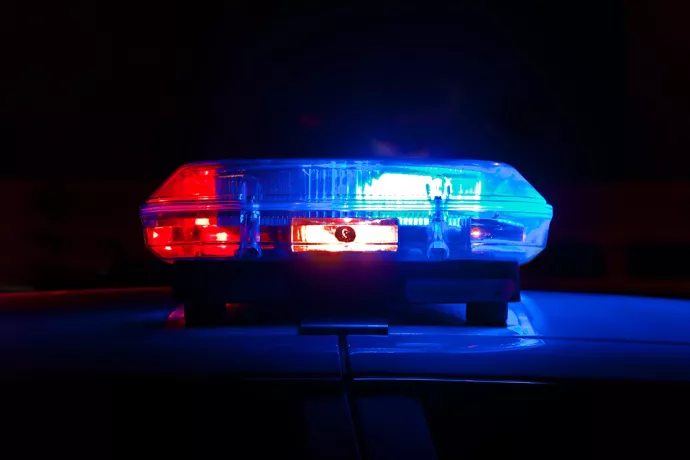
New study explores racial bias in Canadian policing
Rooting out anti-BIPOC racism in policing has become an important public priority in North America. The concern is being driven by sobering statistics: in the U.S., unarmed Black people are three times more likely than whites to be fatally shot by police. In Canada, some evidence shows that Black and Indigenous people in Canada are more likely than whites to be killed in police encounters. With each such incident, the calls for fundamental reform to law enforcement grow louder.
And yet, research shows conflicting evidence of anti-BIPOC bias in police shooting behaviour. Also, most of these studies are from the U.S., as the collection of race-based data by police forces in Canada is either nascent or non-existent.
Now, we can better understand this complex social issue in the Canadian context, and its implications for assessing racial bias and training police, with a new study by University of Toronto Mississauga psychology professor Judith Andersen. In “Racial Bias and Lethal Force Errors Among Canadian Police Officers,” the health psychology researcher examined racial disparities in shoot and no-shoot decision making among Canadian police officers.
Andersen and her colleagues created three video-based scenarios involving use-of-force: a suspect armed with a knife in a park; a break and entry; and suspicious activity at an office building. The only variable they modified in some scenarios was the suspect’s race—white and Black. A total of 187 police officers participated in the two-minute simulations, where they had to determine whether or not to shoot their modified (no ammunition) revolver.
The results showed no statistically significant difference in lethal force errors between scenarios with white or Black suspects, which suggests the problem is not pervasive in Canadian policing. At the same time, the absolute number of shoot errors was higher in scenarios involving Black suspects. This latter finding may reflect a behavioural anti-Black bias among a sample of Canadian police officers.
“There are complex variables that influence whether a police officer makes an error,” says Andersen, who previously studied de-escalation training for police in Ontario. “We need to be able to study whether there is a pattern of systemic racism, and we will be able to do that when race-based data is collected.”
The lack of race-based policing data in Canada may be a significant obstacle to determining unconscious racial bias in use-of-force incidents, says Andersen, but so is the way racial bias itself is measured. The standard psychological tool used in screening police officers is the Implicit Association Test (IAT), which measures how strongly a person associates concepts such as race, weight and age with descriptors such as “good” or “bad”.
The IAT was administered to the police officers as part of Andersen’s study, and the scores did not predict biases in their shooting errors. She says this supports their finding that the IAT is not effective as a screening tool for predicting racially biased shooting behaviour among police.
“There is this sense that the IAT is a silver bullet for determining racial bias, but this and other research shows it does not have predictive ability,” Andersen says. “It works best to increase awareness of holding biased attitudes towards a race, and those attitudes should be addressed with training.”
The kind of training enhancements Andersen would like to see involve more emphasis on de-escalating tense situations so that police officers can better control how they respond to stress, and improve their split-second decision-making in the field.
“Stress arousal is responsible for the vast number of shooting errors,” Andersen says. “The more we invest initial evidence-based training for new recruits that focus on use-of-force scenarios and de-escalation practice, the better the outcomes.”
